Oiriúnach do ghrúpa 3-10 duine. Leibhéal B1 – C1
Lig ort go bhfuil tú ag féasta Lá Altaithe. Roghnaigh ról ón liosta seo. Léigh an leid agus breac síos cúpla rud a dhéarfadh an duine sin. Ansin, déan comhrá mar ghrúpa.
- Bhí tú ag cócaireacht an lá ar fad; tá tú tuirseach agus beagán cantalach.
- Bhí tú an-tinn, ach tá biseach ort anois; tá tú iontach sásta bheith anseo agus tá tú buíoch as gach rud.
- Tá an-tóir agat ar pheil Mheiriceánach; tá tú ar bís leis an gcluiche tráthnóna inniu. (Detroit Lions vs. Green Bay Packers; Dallas Cowboys vs. Kansas City Chiefs; Baltimore Ravens vs. Cincinnati Bengals)
- Is cuma leat an pheil Mheiriceánach (agus beagnach gach spórt eile!); is cuma leat cé a bhuafaidh an cluiche.
- Is veigeatóir tú; ba mhaith leat na daoine eile éirí as an fheoil chomh maith.
- Tá tú ag tógáil na n-instealltaí Ozempic / Wegovy agus níl goile mór agat dá bharr.
- Tá an-ocras ort; is breá leat an bia stáirsiúil.
- Is déagóir tú agus tá Lá Altaithe leadránach; b’fhearr leat bheith le do chairde. Tá guthán póca agat.
- Tá tú ar bís chun dul ag siopadóireacht amárach don “Black Friday”!
- Is fuath leat an bhéim ar shiopadóireacht um Nollaig; níl i gceist leis ach airgead a dhéanamh! Tá liosta agat de shreangshiopaí atá tú ag baghcatáil, agus Amazon, dár ndóígh!
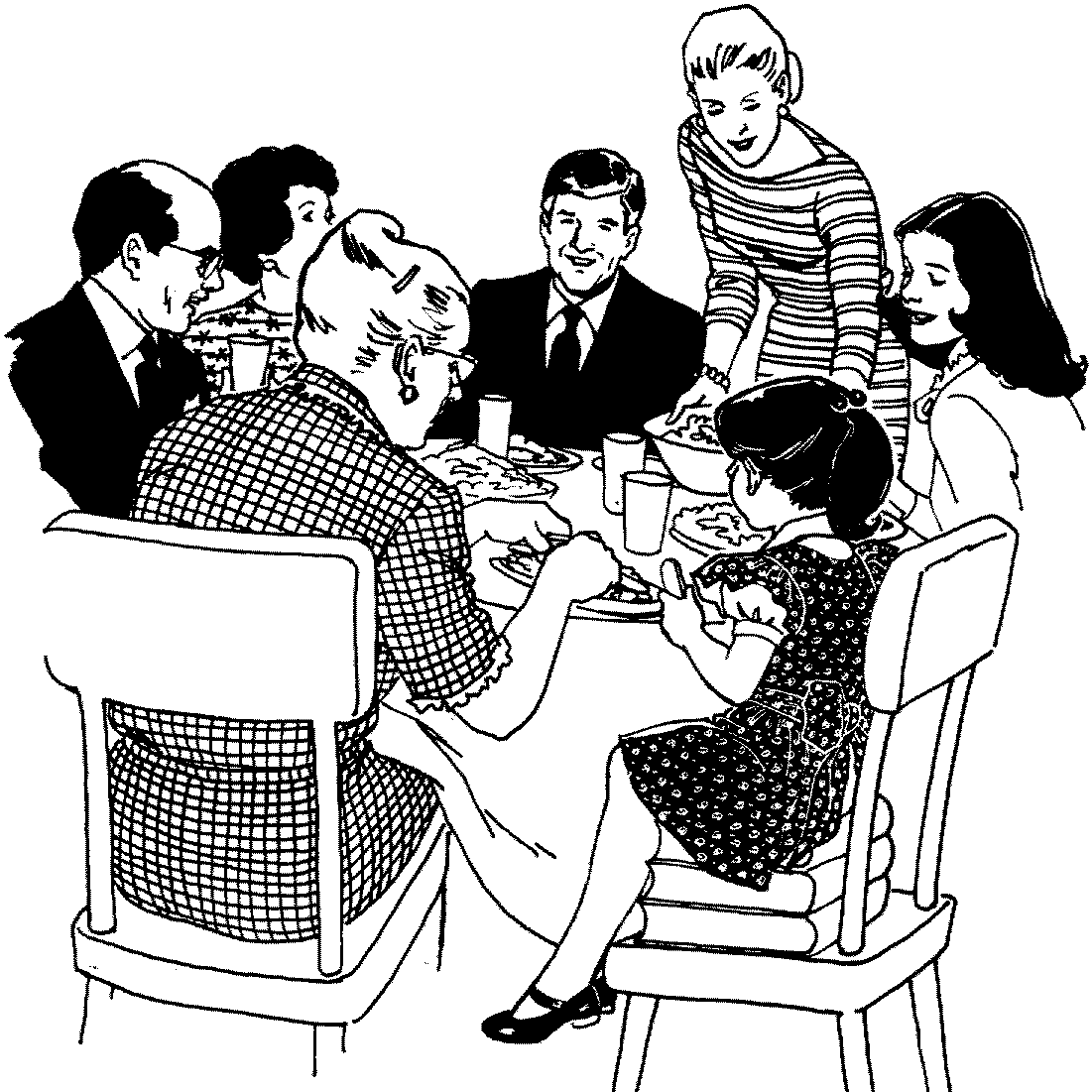

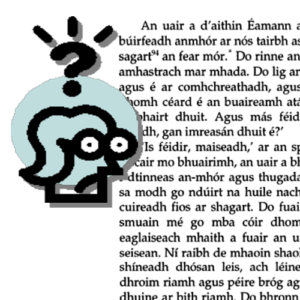
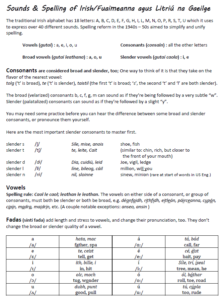
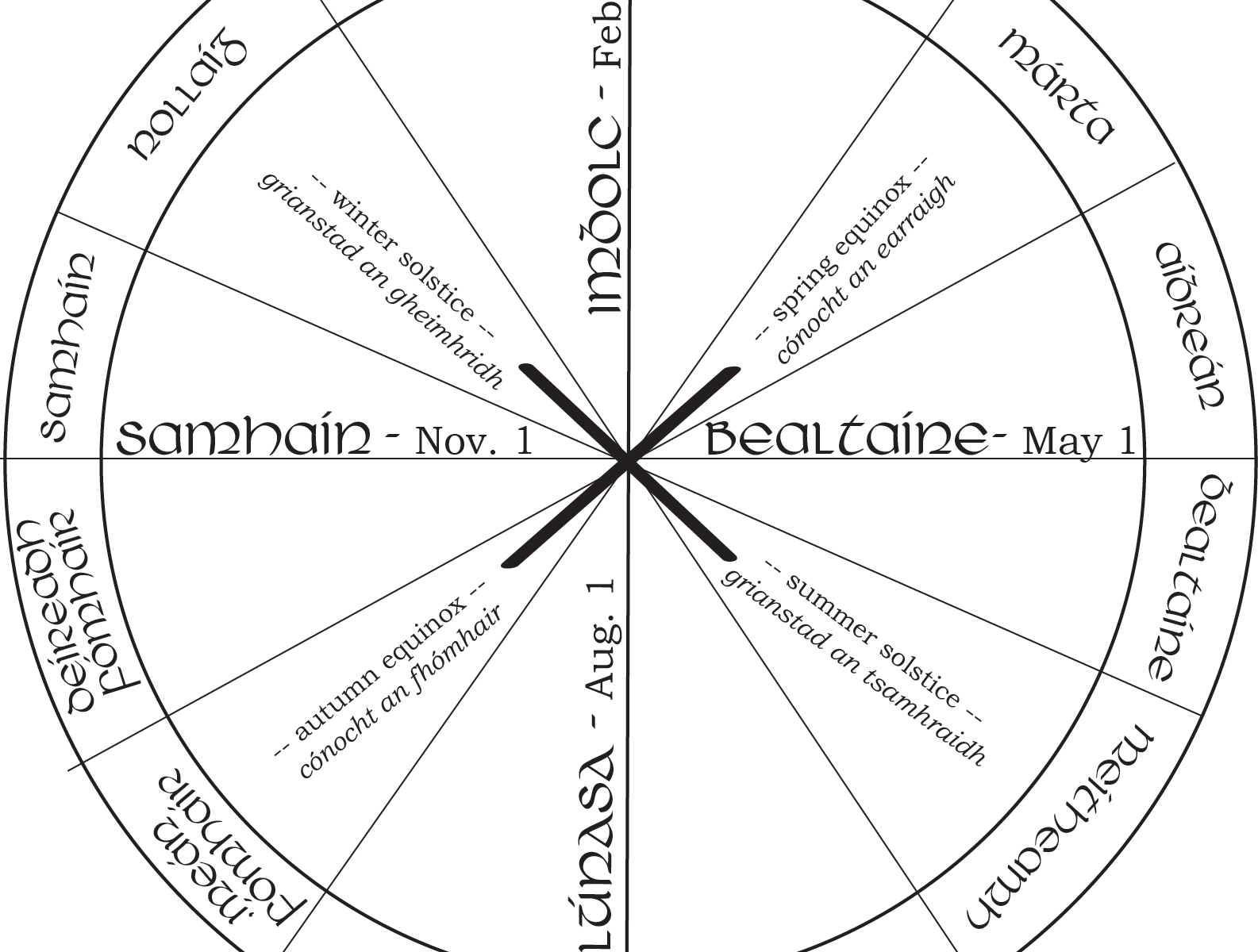
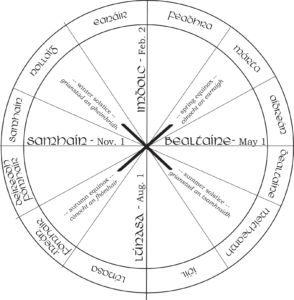
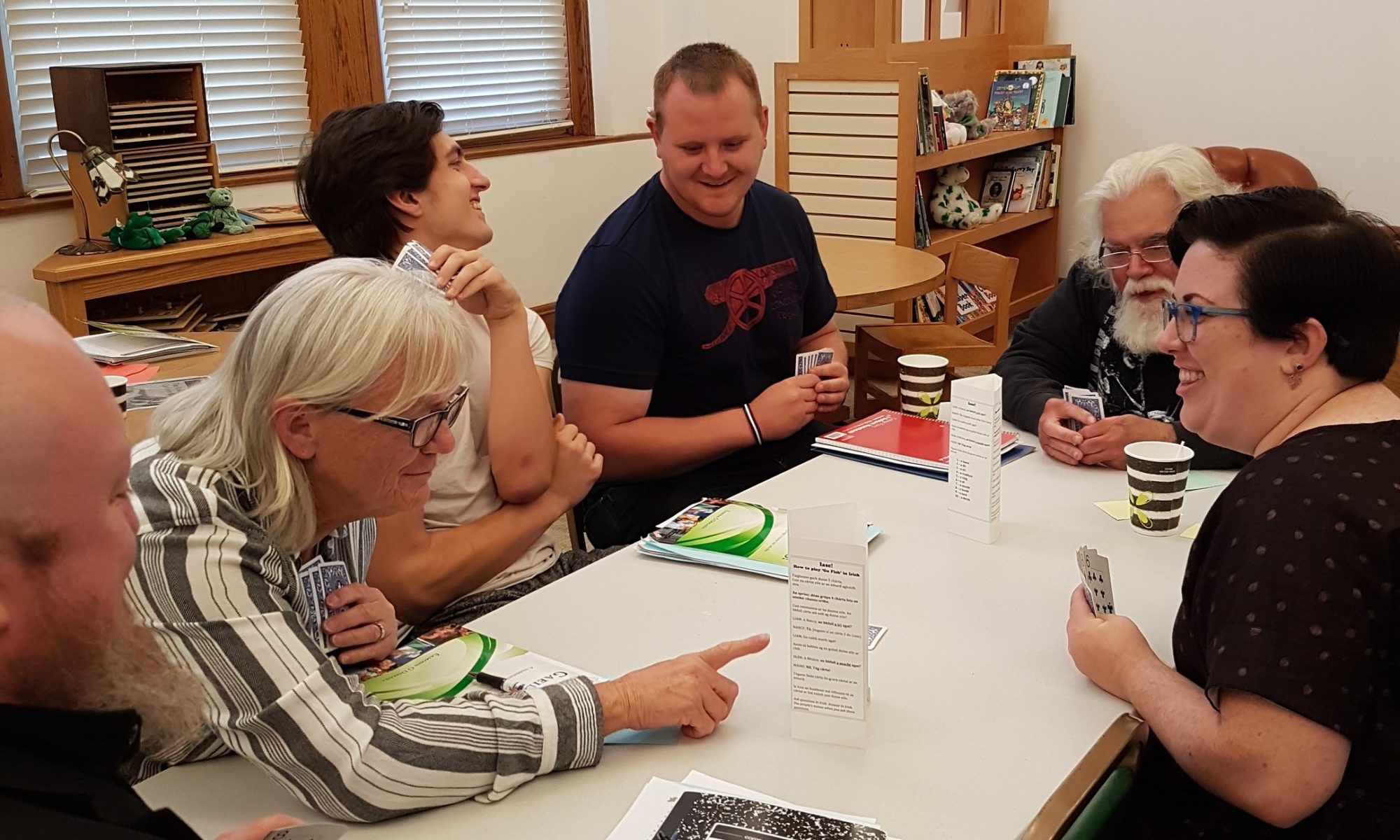

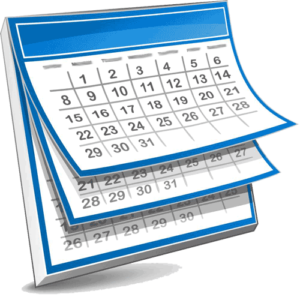 I like to print out a calendar in Irish that I keep near my desk. I use CalendarLabs.com to make a fresh one each year.
I like to print out a calendar in Irish that I keep near my desk. I use CalendarLabs.com to make a fresh one each year.